Updates
Filters
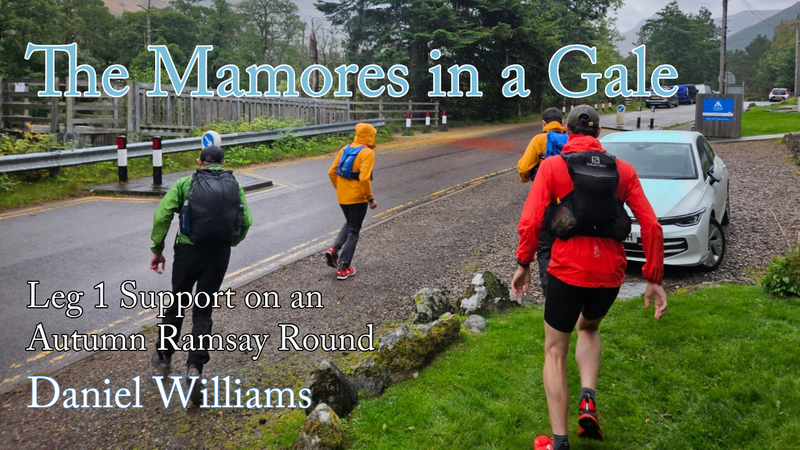
The Mamores in a Gale: Leg 1 Support on an Autumn Ramsay Round
This summer I’ve written “my biggest day in the hills so far” or something of that sort more than in any previous year. To some extent this has been the choice of tough route, big days in Fisherfield and in Knoydart spring to mind. This weekend, however, undoubtedly has the right to this description. With the wind and rain of Knoydart, and the difficulty of Fisherfield and its river-crossings, this is likely to retain the record for a while as well.

In the news - Summer 2025
This summer has been quite a big one for gravitational-wave announcements. I’ve managed to make it into the media once or twice as a result!
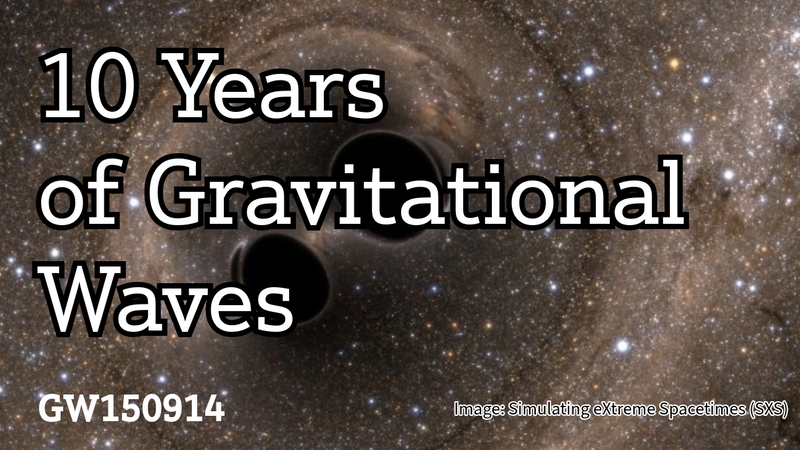
Ten Years of Gravitational Wave Detection
Imagine standing in the Albert Hall, and just before the performance begins, as the orchestra is tuning-up, you hear a perfect, virtuosic Mozart melody coming through the noise. Ten years ago, to the day, the world of astronomy (along with the rest of the world) was shaken as the first gravitational waves ever to be detected were measured with the newly-upgraded LIGO detectors. While they were still tuning-up. The gravitaitonal wave took just a fraction of a second to pass through the Earth, but in its wake it created a new field of astronomy.
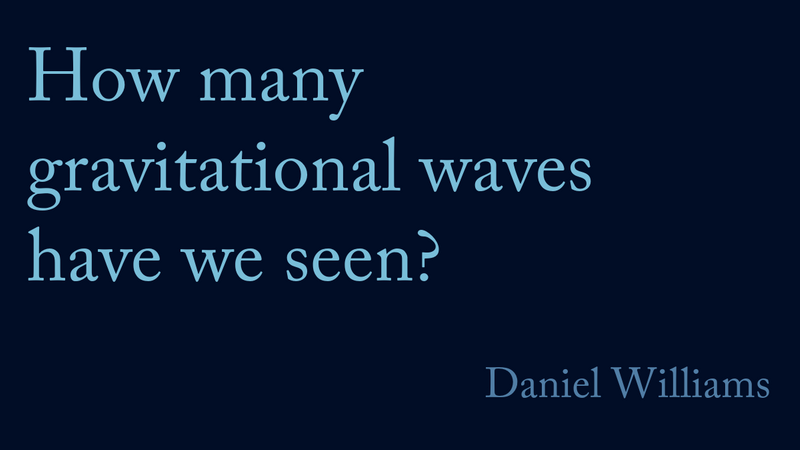
How Many Gravitational Waves have we seen? (Summer 2025 Update)
Earlier in the year I wrote a post which tried to answer the apparently simple question “how many gravitational waves have we detected?”. Well, with today’s announcement of 128 new detections, it’s time to update my calculations.
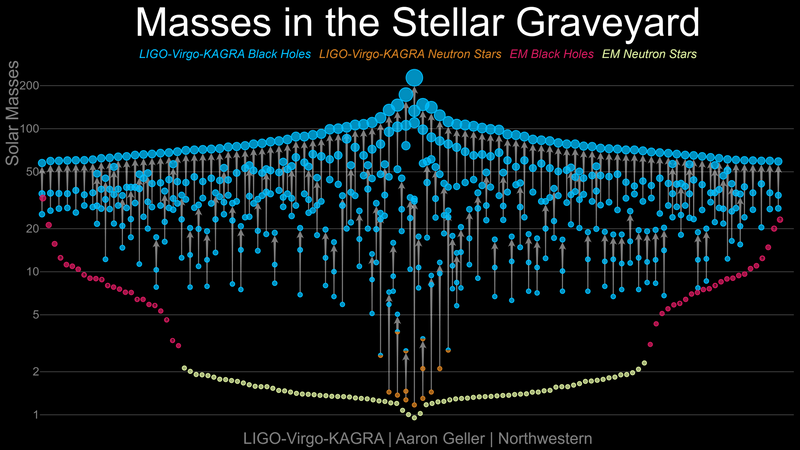
GWTC-4.0: introducing 128 new gravitational waves
Today we’re announcing that we’ve more-than-doubled the number of black hole collisions which we’ve observed using gravitational waves. We’re also releasing an enormous amount of data collected between May 2023 and January 2024 which measures tiny changes in the Universe’s geometry measured by gravitational-wave detectors, which are how we identify these collisions. We collect the information about these collisions into publications which we call a “catalog”, which contain all of the information we’re able to extract from the signals we detect and interpret. This includes things like the mass of the objects which were colliding, how fast they were spinning, and whereabouts in the Universe they were. We’ve published earlier versions of this catalogue before now: GWTC-1.0 has events from the first two observing-runs, GWTC-2.0 adds events from the first part of the third observing-run, and GWTC-3.0 events from the second part of that run. GWTC-4.0, which we’ve released today on the arXiv, is the latest version, analysing the first part of our fourth observing run (O4a). The amount of information in these has become so large that we now split the publication describing the catalog into three parts: an introduction paper, a paper describing the methods used in the analyses, and the results of those analyses. I’ve had the pleasure of leading a team which performed one of these analyses (the “parameter estimation” analysis), which takes signals which have been identified in the data and then works out the properties of the black holes and neutron stars which produced them. It took around 60 of us to do this (and there’s more about that later in this post). I then took-over as the editor of the results part of the catalog publication in June. It’s quite nice to know that I’ve joined a bit of a Glasgow tradition of doing this: my line-manager John Veitch was responsible for GWTC-2.0, and my colleague Christopher Berry for GWTC-3.0. I can only apologise to either of them if I ever thought they seemed to have an easy job!
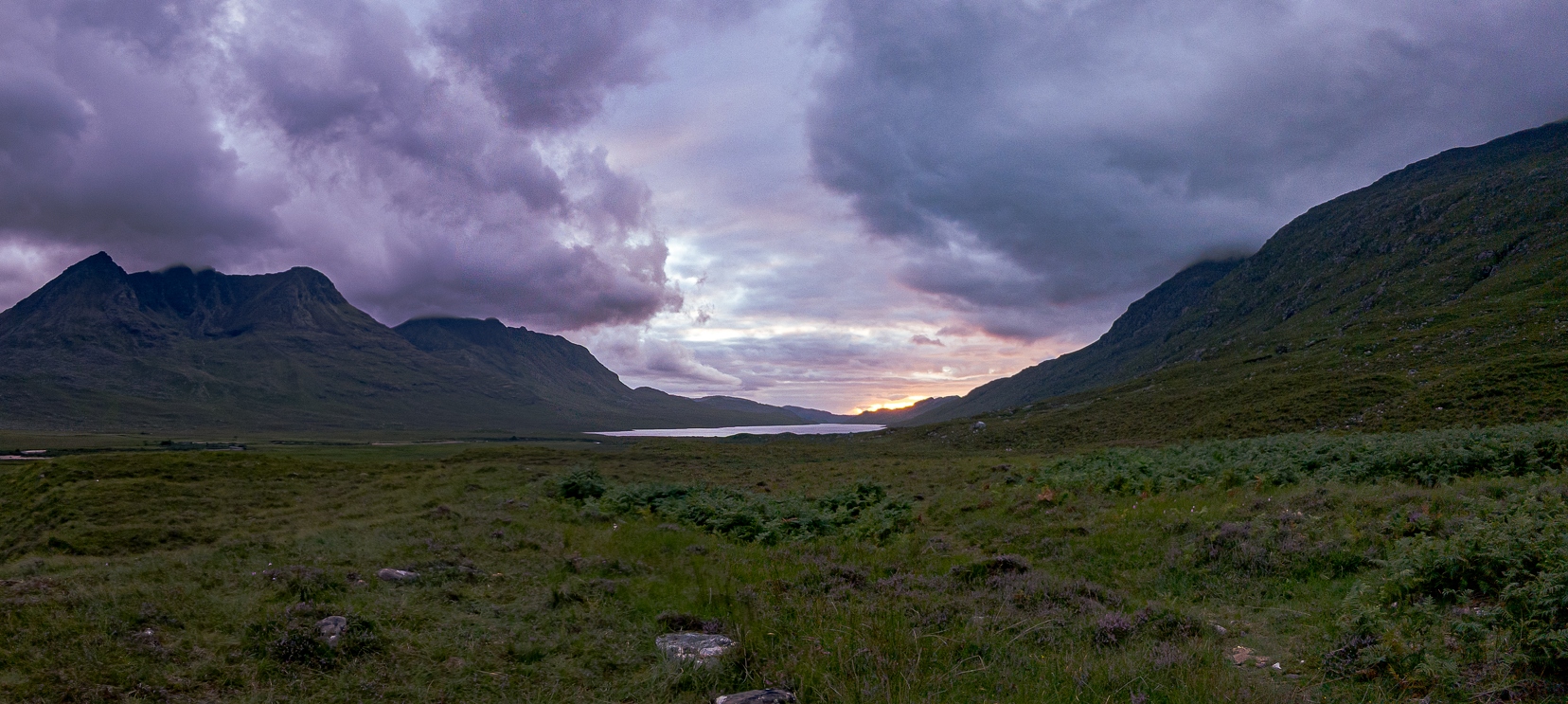
Wilderness Untamed
I often find myself wondering why I climb hills, why I’m not prepared to enjoy normal holidays which involve pottering around pretty towns, lying on the beach, or visiting theme parks. I think my experiences of almost two weeks far north of the Great Glen, in the hills vaguely close to Ullapool, helped to answer that question for me: it’s clearly a feeling of achievement, of going somewhere only a tiny fraction of the population will ever go. Why I insist on having this feeling of achievement while also walking through the driving rain, however, is still an open question. But in the hours I spent in Fisherfield, alleged to be Scotland’s only real wilderness, I asked myself this question many, many times.

How Many Gravitational Waves have we seen?
Last week I got an email from a colleague, asking a question which, on the face of it, should have been easy to answer.
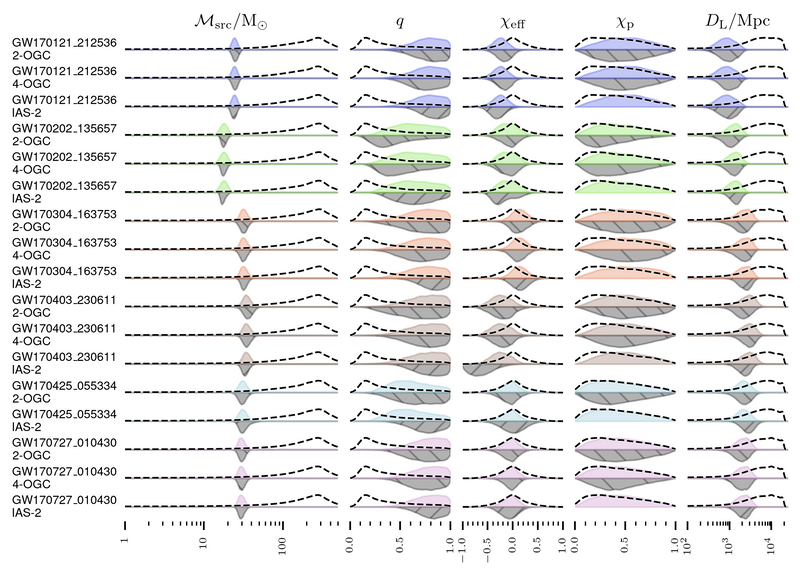
Going Beyond GWTC-3
It started as a nice, simple, short project to test some code I was working on. Things… got out of hand. Today I’ve submitted a paper describing a project I’ve been working on for around 18 months, which was not initially planned as a paper.

The half-life of a flood
Lately I’ve been going through lots of little half-finished analyses and trying to write them up in some form. Today it’s my attempt to answer the question “how long does a river stay in spate?”. The primary motivation of this being that when the water level on the Clyde is high it’s not safe to row on it. Clubs, such as Clyde ARC might want to have an idea of how long it will be before the water level is low enough that it’s safe.

What's a good marathon time?
I seem to be incapable of just doing something without wondering about the statistics behind it these days.
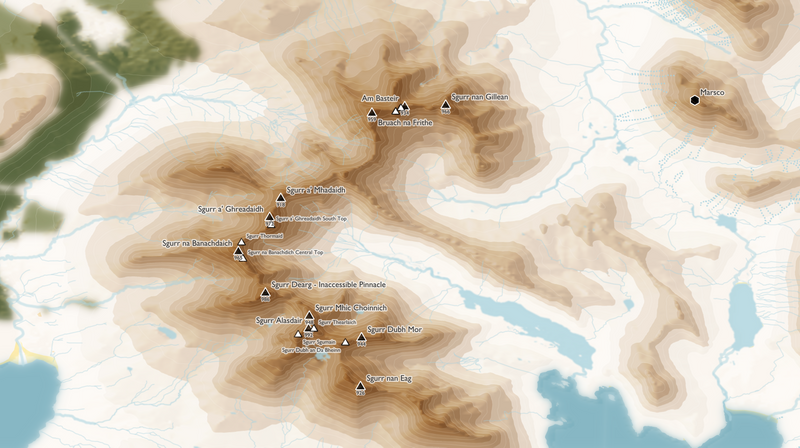
An update on the maps
A couple of weeks ago I posted some images from a new map I’d been working on. The motivation behind this was mostly curiosity, though I’ve been dabbling with trying to do things like this in python for a while, before realising that implementing hill-shading was probably more effort than it was worth, and turning to a tool actually designed for this: QGIS.

Messing about with Maps
It’s been a while since I posted anything, and I have a big backlog of things to write-up and add to this site. In the meantime, enjoy some maps I’ve made (with the ultimate intention of eventally using them on my route descriptions on the site!).

Glasgow World Con
In the years I’ve lived in Glasgow I’ve had the chance to experience quite a number of the big events which the city has a tendency to attract: The Commonwealth Games, The UCI Championships, COP-22, those sorts of things. I’ve also had the chance to talk to lots of people about my research, and the science which we do in my research group at the University of Glasgow. Over the last week I had an opportunity to talk to a lot of people at one of these big international events: The World Science Fiction Convention, or WorldCon as it’s known.
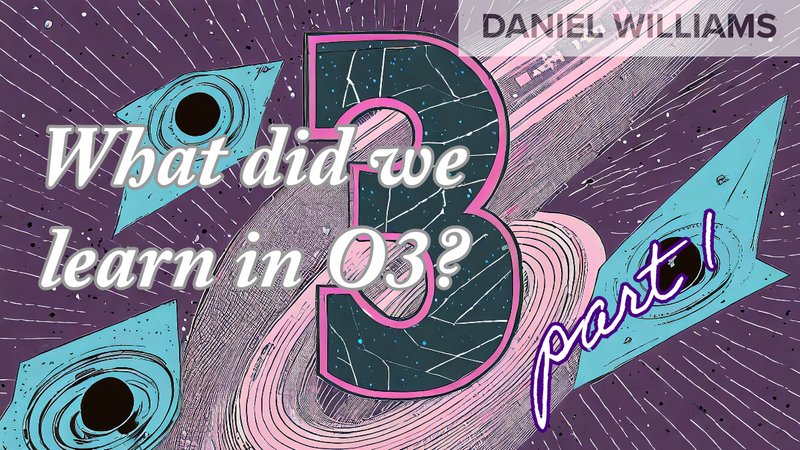
What did we learn in O3? (Part 1)
I started this post with the idea of summarising all of the new science which has resulted from observations made up to the end of the third observing run of the advanced LIGO and Virgo detectors. It turns out there’s rather a lot, so this looks like it’ll be the first of several! I’ve tried to include links to as many papers as possible.

What's a good half-marathon time?
I recently ran the Great Scottish Run half marathon in Glasgow, and finished in what I figured was a pretty decent time. But of course, this just leads on to another question: what is a “good” time in the half marathon? Of course, one of the beauties of a sport like running which is so individual is that a good time is really what you make it, and nowhere is that more true than a mass participation event like GSR. But again, before I dive into the statistics, a good time in the half marathon is clearly one that you’re happy with, and comparing yourself to others probably shouldn’t be why you’re running.
Analysing the 2023 Rugby World Cup I
Every so often I get the notion that I ought to be taking a look at the performance of various rugby teams in various tournaments, and then trying to perform some sort of statistical analysis on it. Well, it looks like this might spin out into a series of blog posts in the run up to the 2023 Mens’ Rugby Union World Cup.
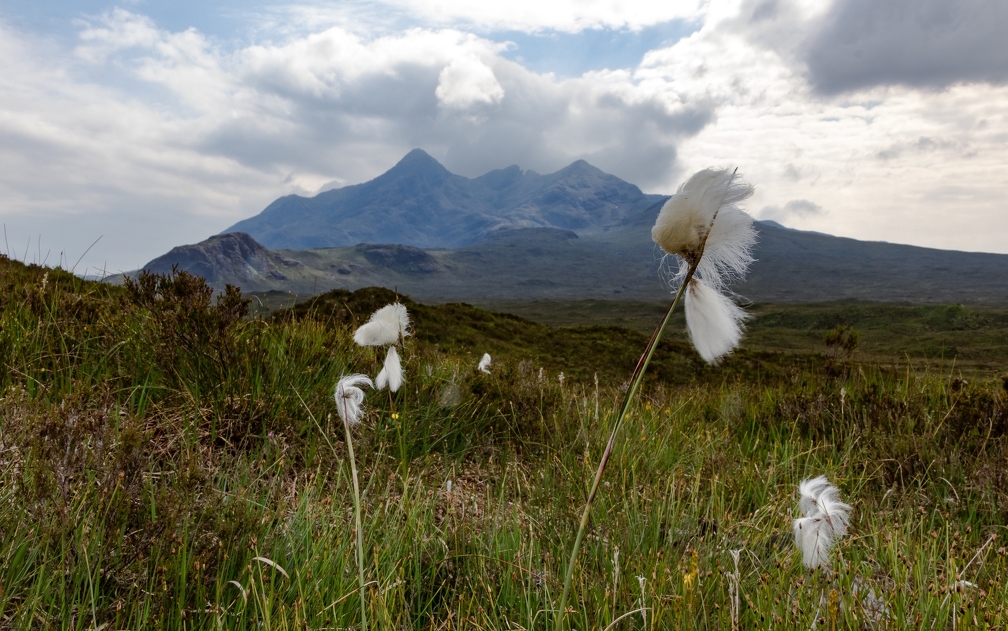
Skye
God is in the mountains, I mused to myself as I drove North on the A82, past Loch Lomond, in the early afternoon at the start of June 2023. It is very easy to believe that statement as you take in the spectacular beauty of this part of the world. The mountains rise as great green masses beside the brilliantly blue loch. If there were hills in Eden then Ben Lomond and Ben Vorlich were clearly transposed from there to Scotland. The only evidence that this isn’t some sort of Earthly paradise is the A82 itself. The thought came somewhat unbidden, but I think I can trace its source. As I headed North I found Psalm 121 bouncing around in the recesses of my consciousness: “I lift up mine eyes unto the hills, from whence commeth my help”. I know why this is on my mind, and it connects various strands of this story.
Obituary - Frederick Williams
Below is the text of the eulogy I delivered at my father, Frederick John Williams’s funeral on 5 May 2023. We all miss him dearly.
The Weekly Update
I’m going to try and be a bit better about regular updates about life, my work, and the Universe. Who knows how it’ll go, but here goes nothing. I’m considering publishing the research part as a standalone newsletter, since we’re rapidly approaching the next gravitational wave observing run, and I regret not keeping a diary during previous ones (though certainly during our O3 run I was rather pre-occupied with finishing my PhD work, writing my thesis, and then passing my viva!). I’m not exactly sure what this will turn into, but let’s see.
Running asimov on a single machine
If you’re looking to try out asimov on your own laptop or workstation you’ll quickly run into a bit of a limitation: asimov, and the codes it works with, are designed to run on a large computing cluster. However, we can get around this by installing a lightweight version of the software used on clusters on your own machine before we try to run asimov.
Advent of Code 2022 - Day 2
These are my solutions to Day 2 of the advent of code 2022. Today’s puzzle involved working out the score from a game of rock-paper-scissors by parsing a large text document, and then developed into a slightly more complicated variation in the second part. I solved the problem today using C.
Advent of Code 2022 - Day 1
These are my solutions to Day 1 of the advent of code 2022. Today’s puzzle involved taking a list which was in a very specific format, which contained listings of how many calories a group of elves were carrying in snacks, and determining how many calories each elf was carrying in total.